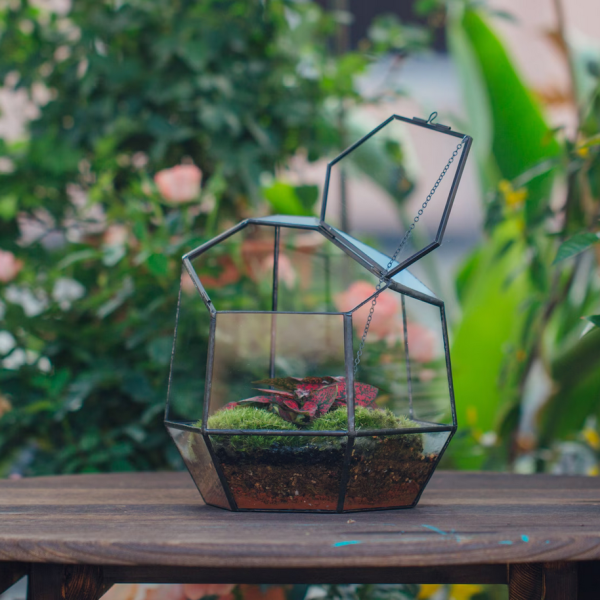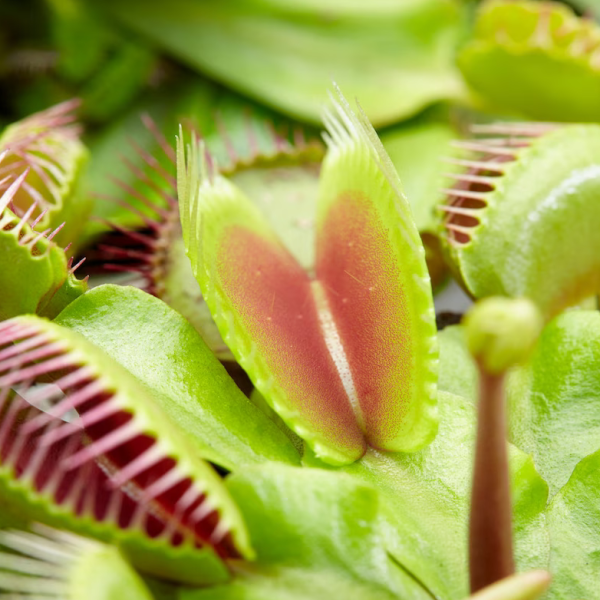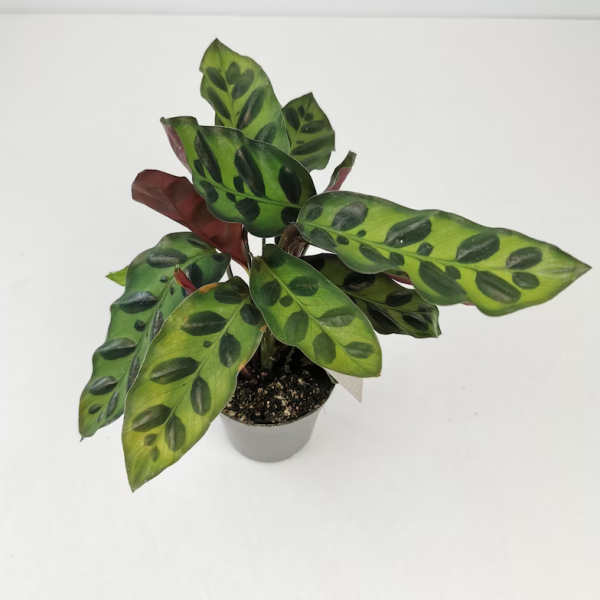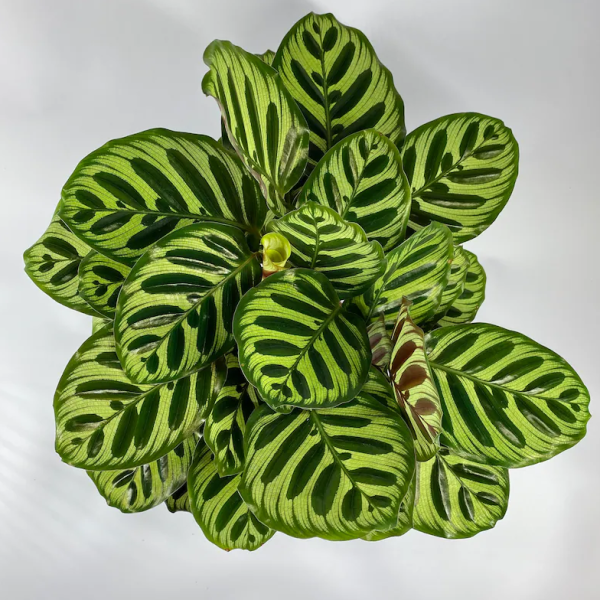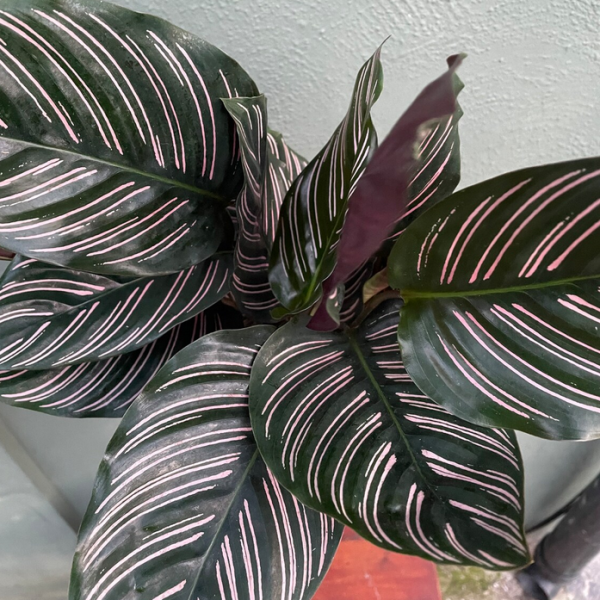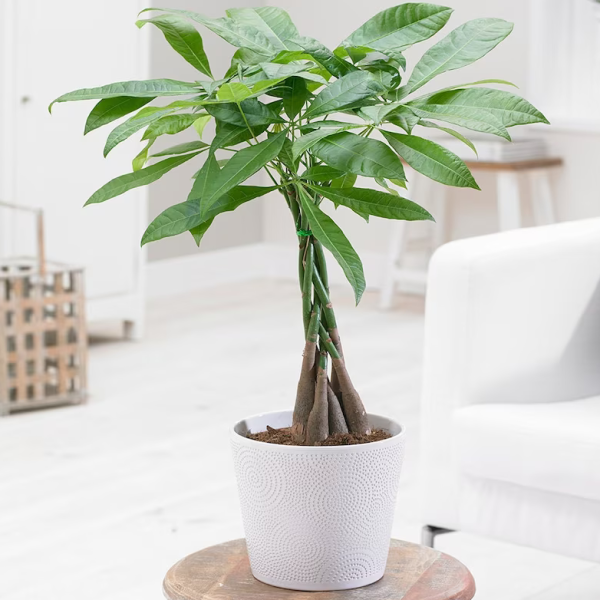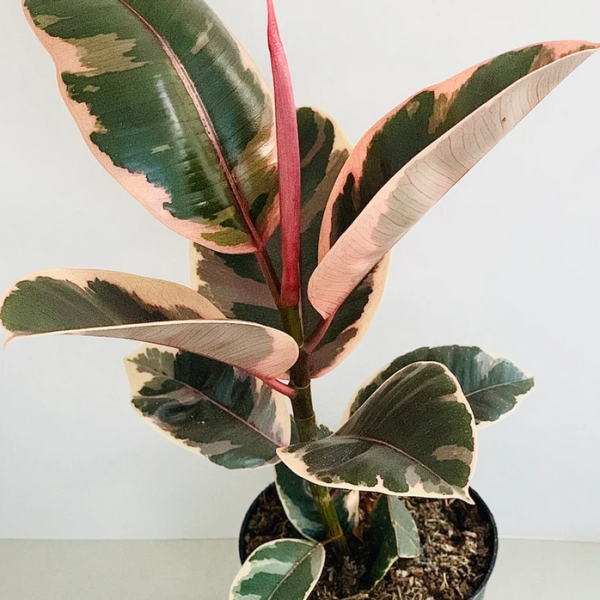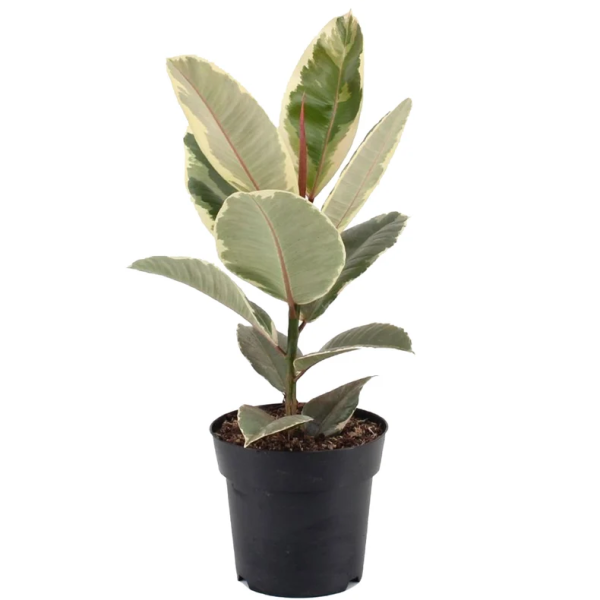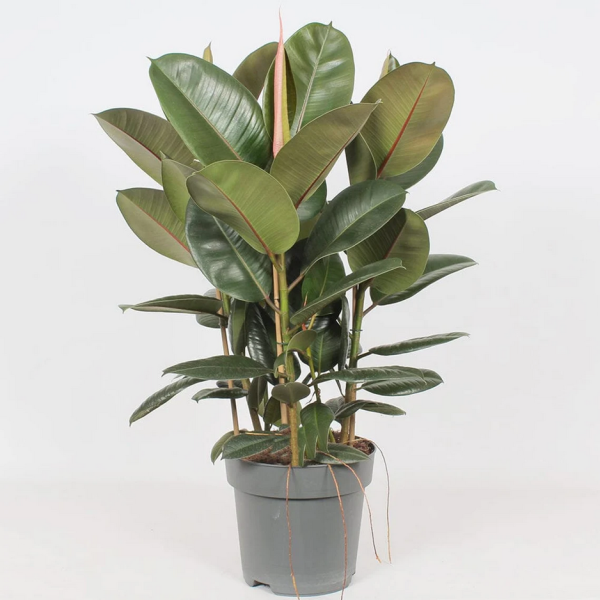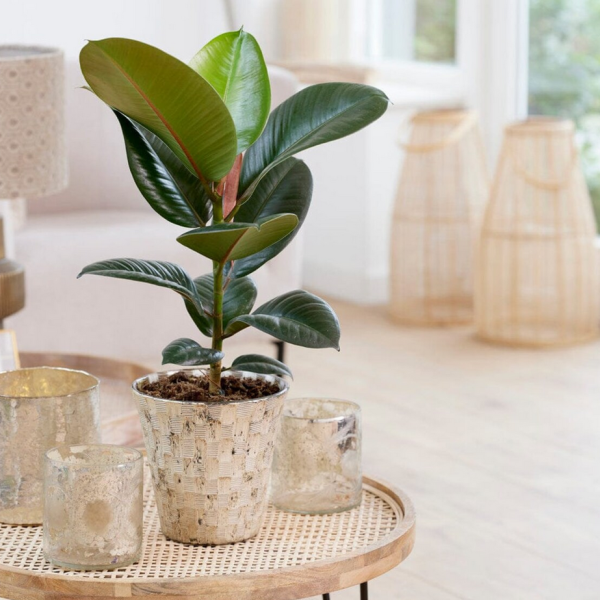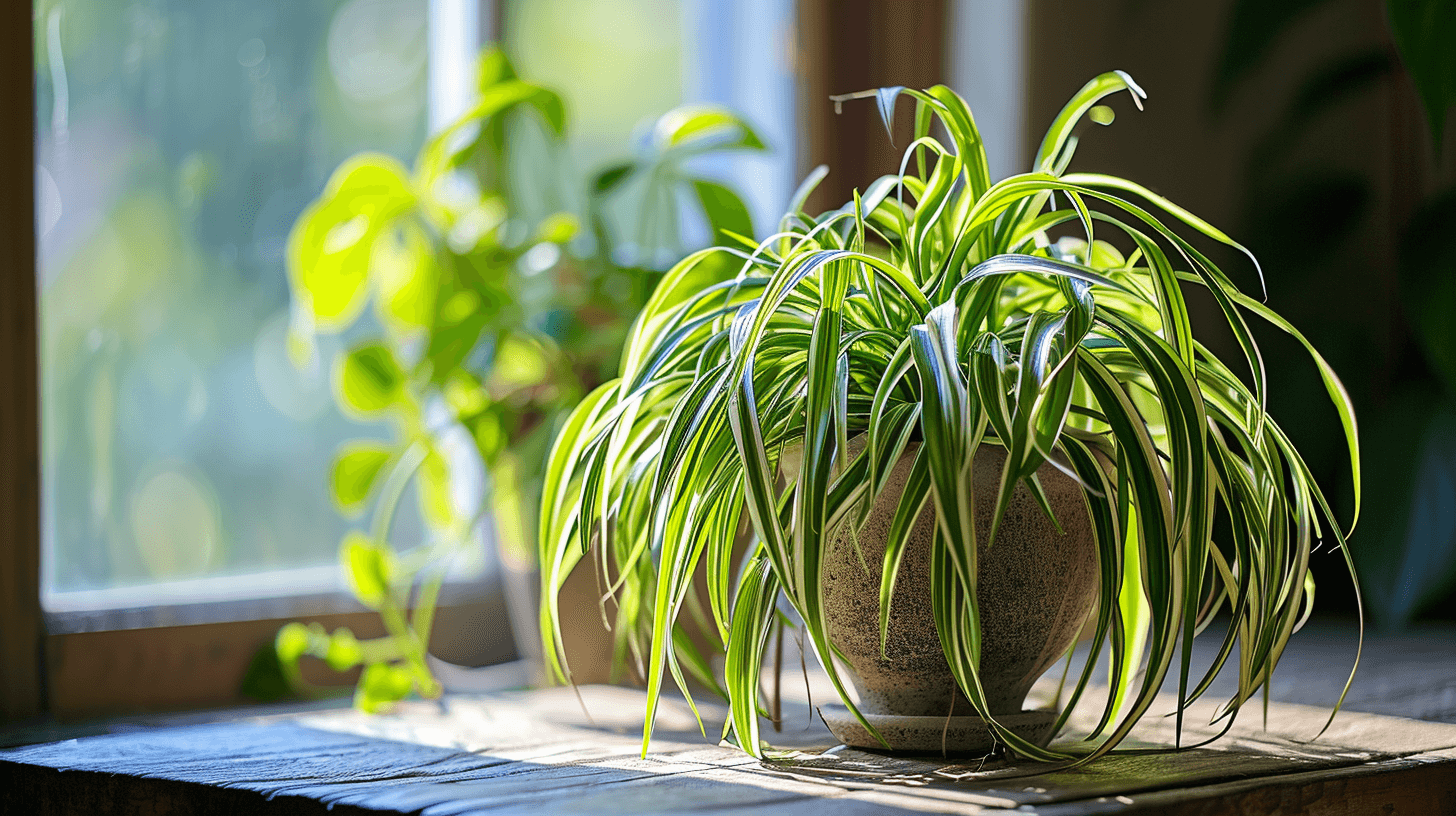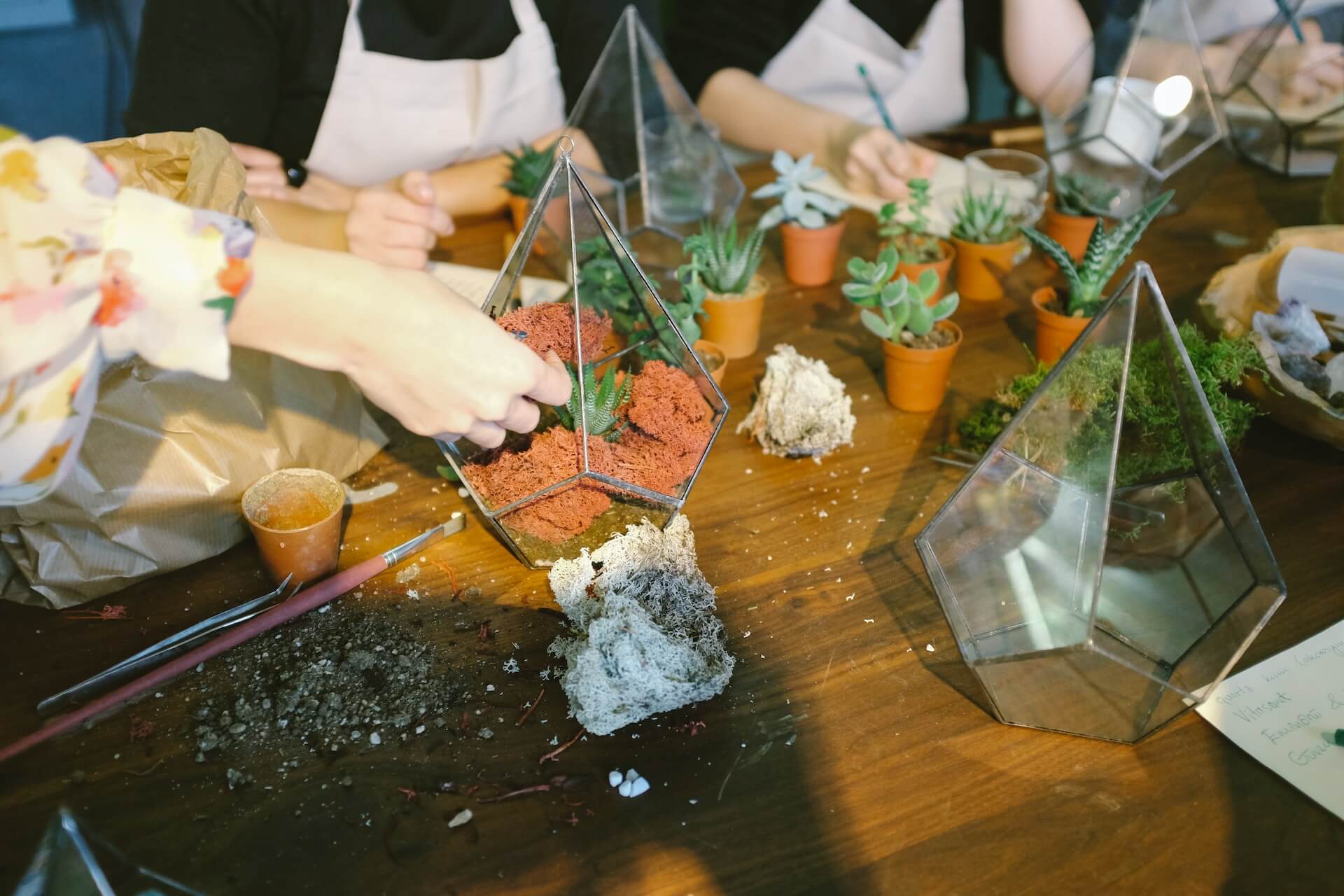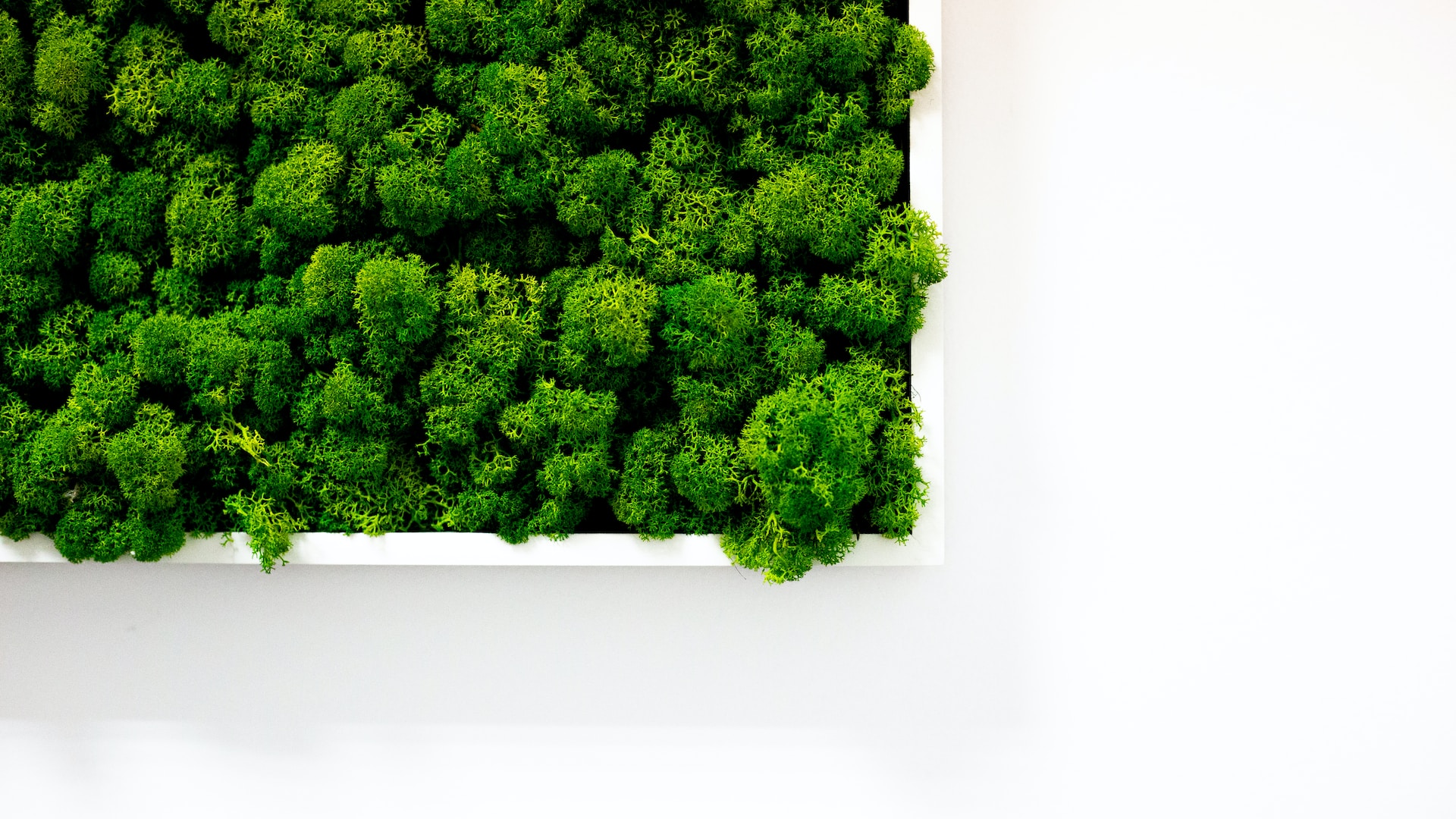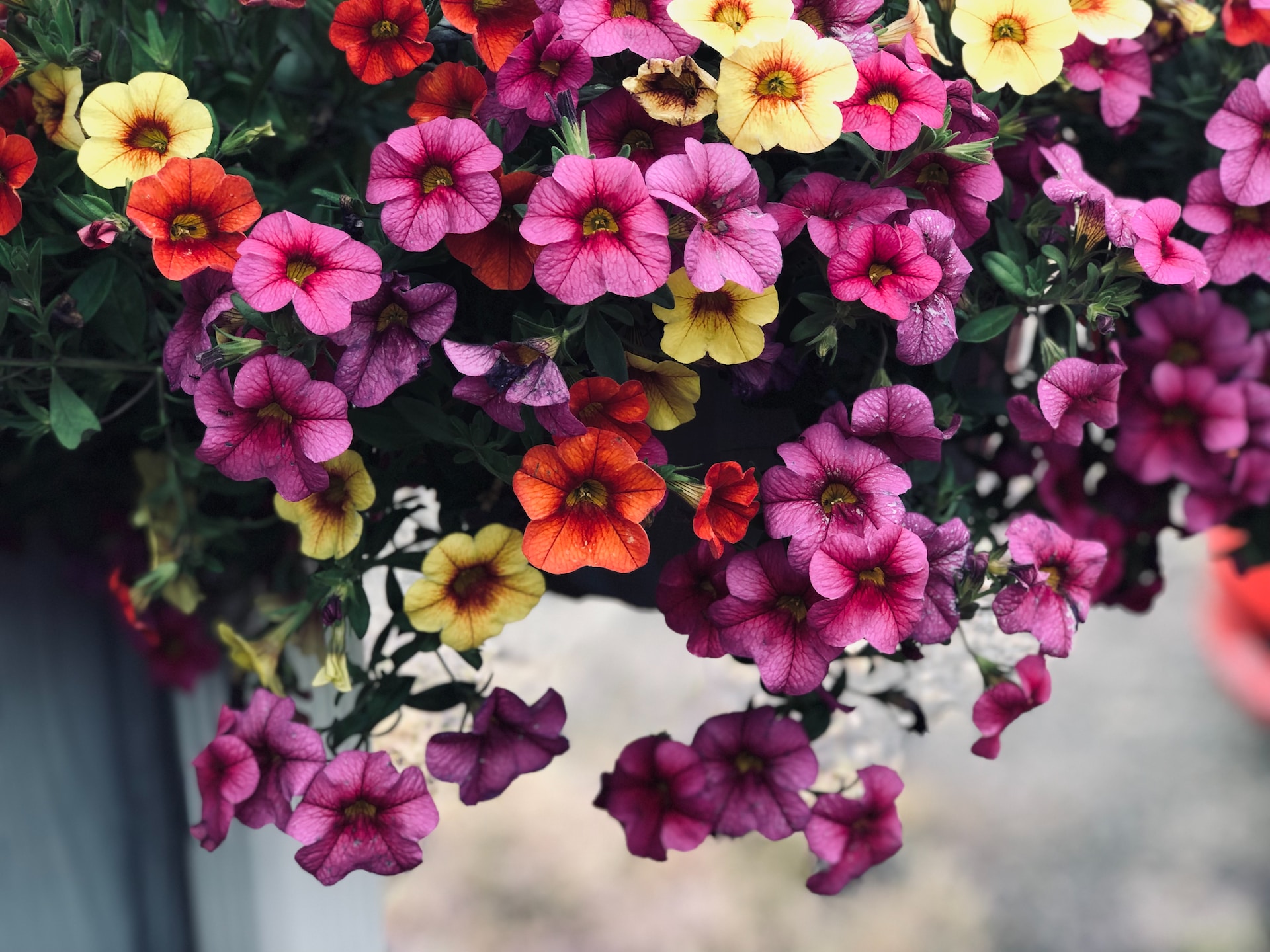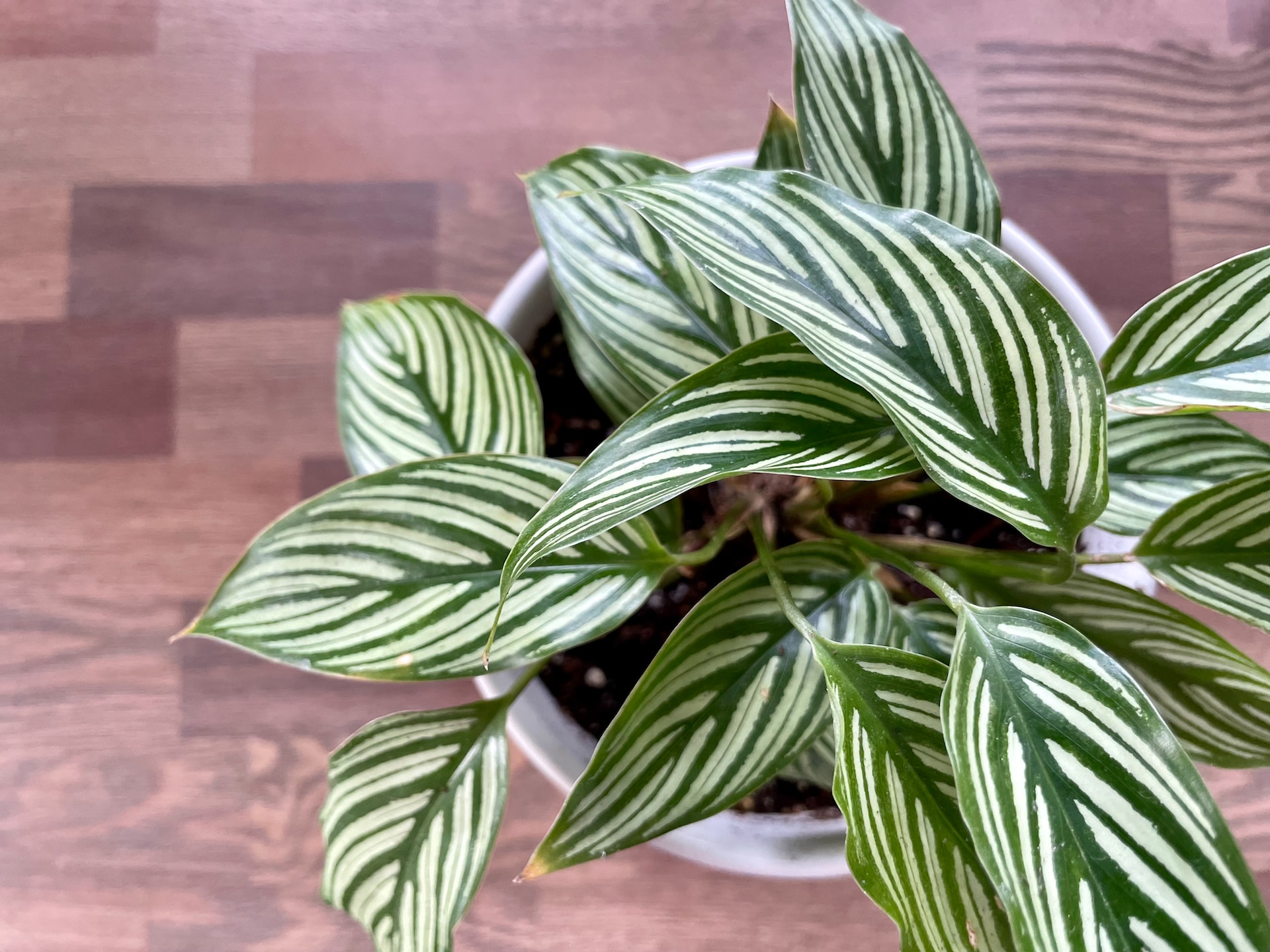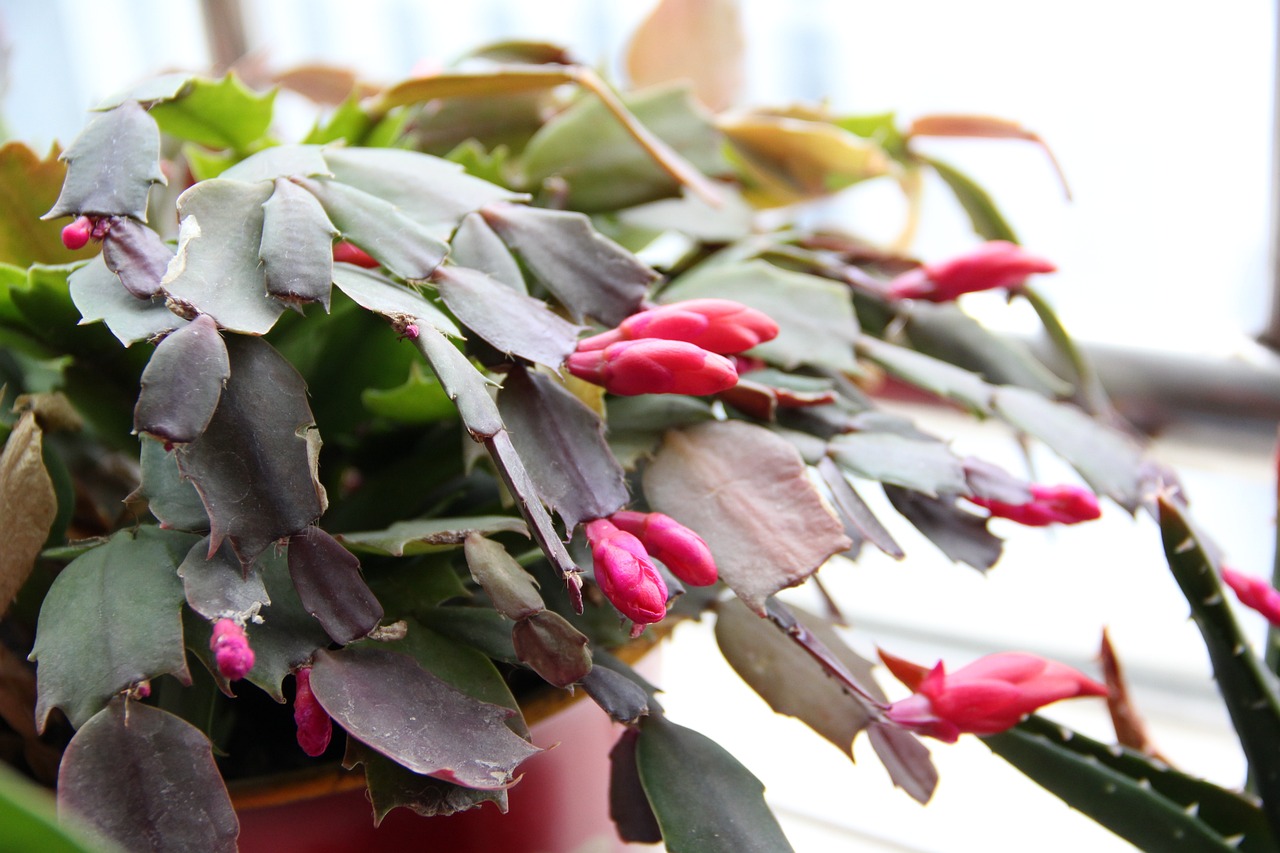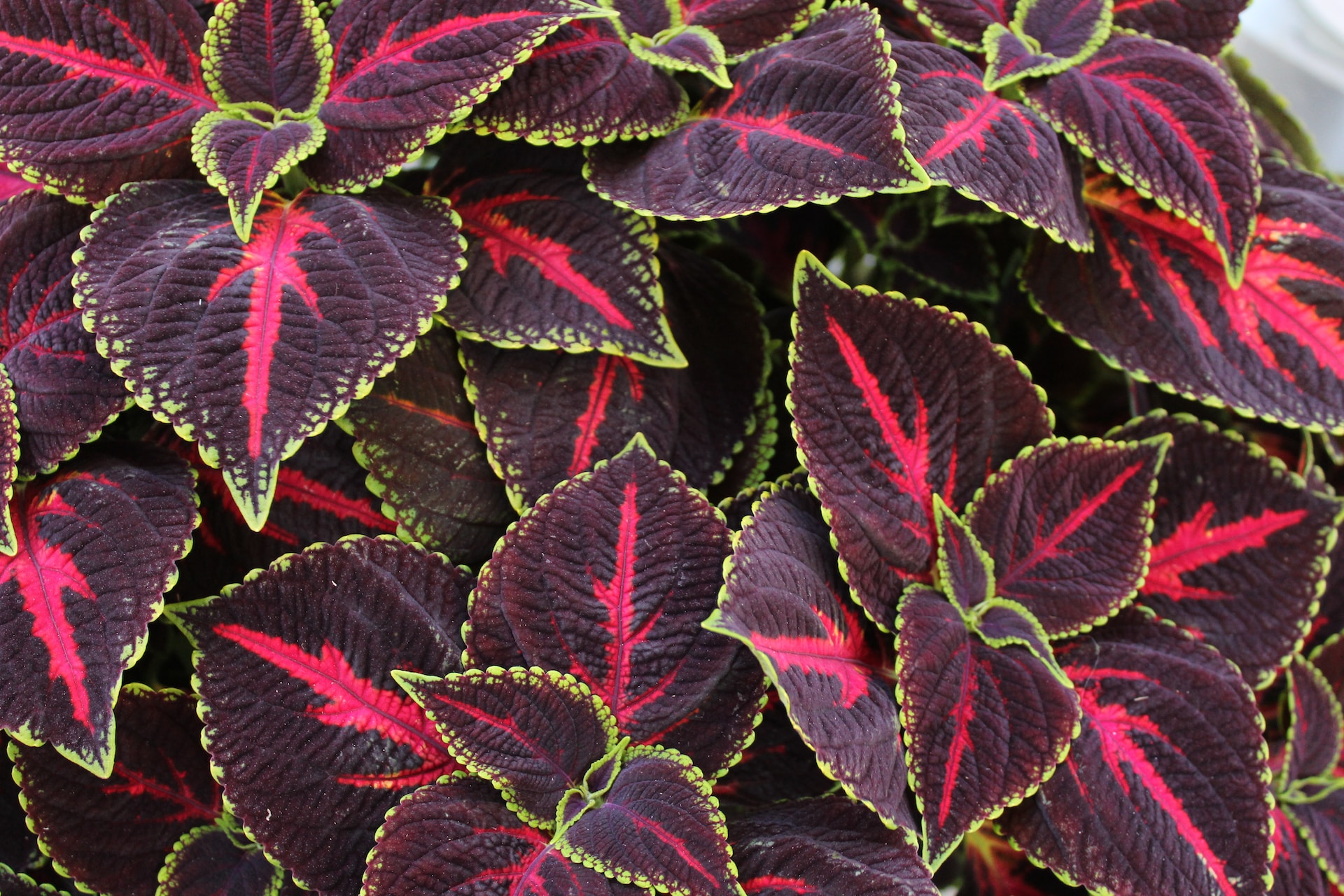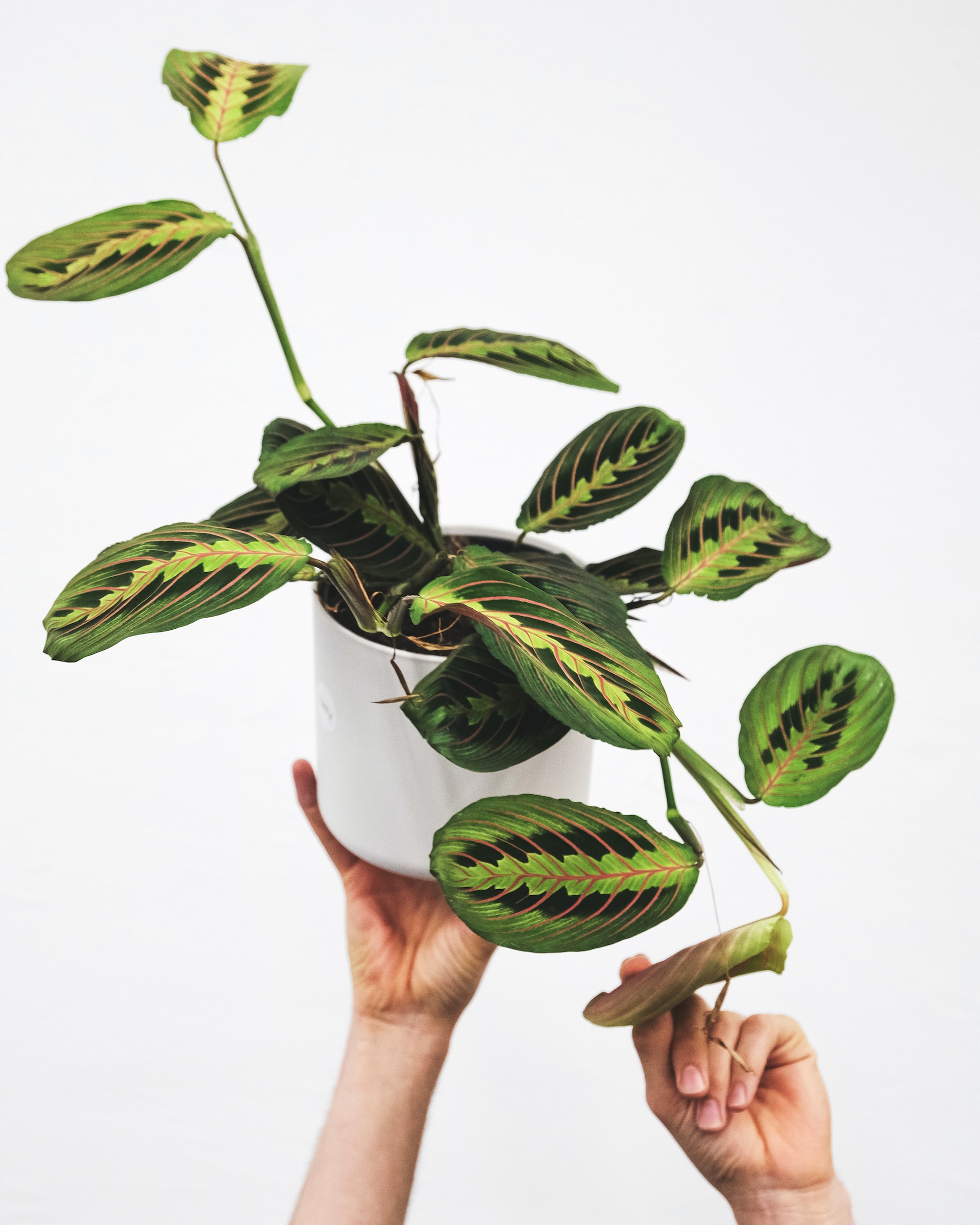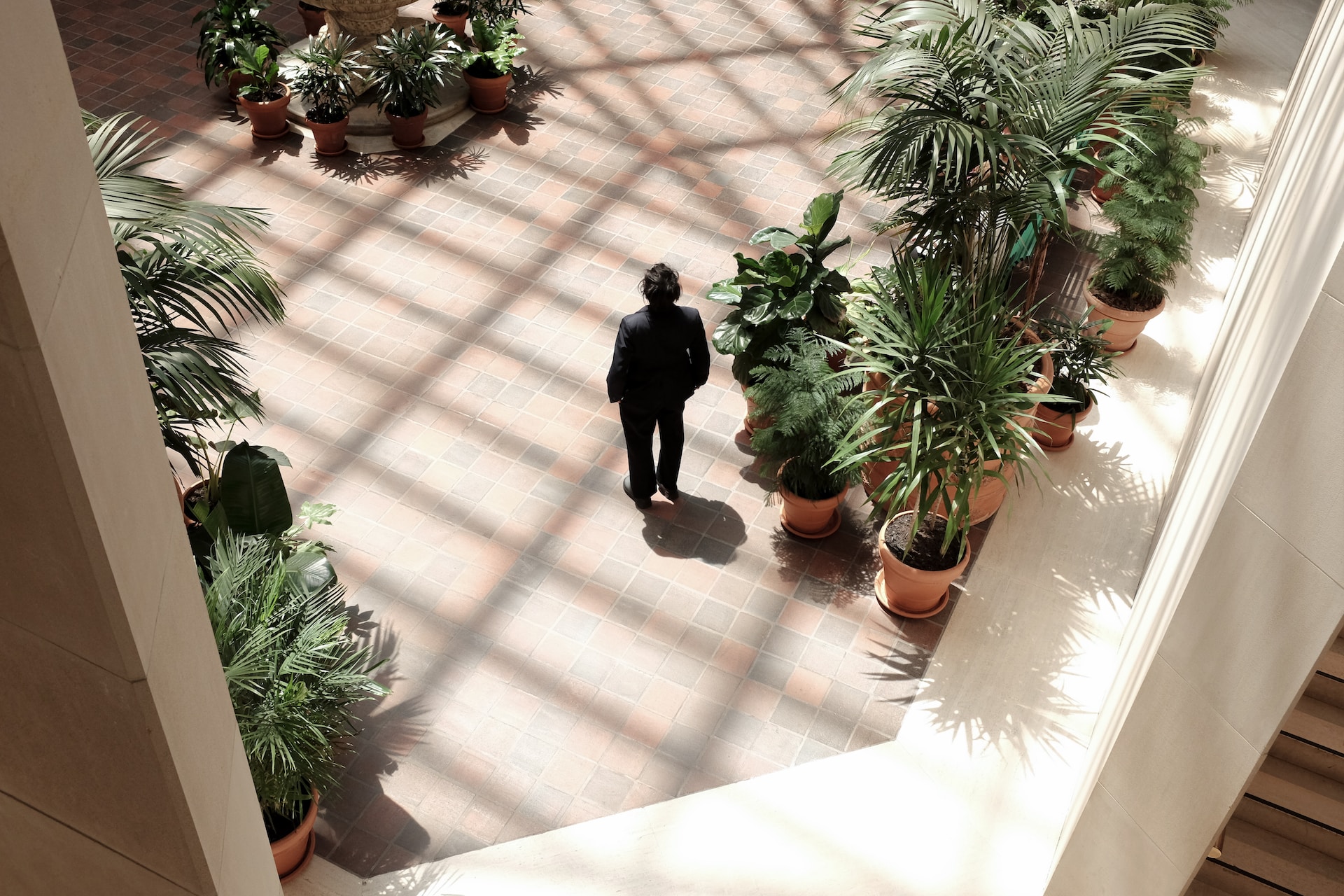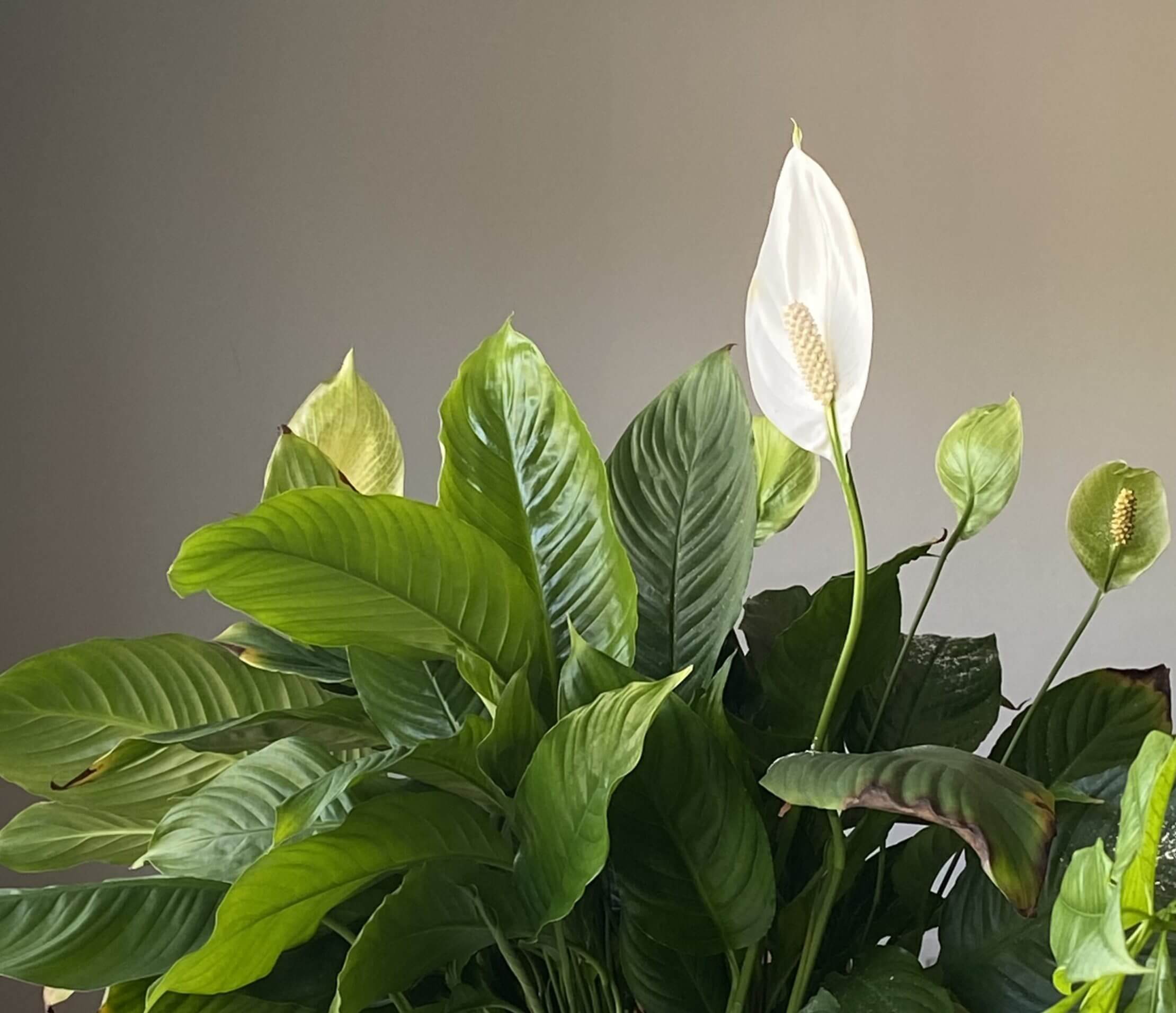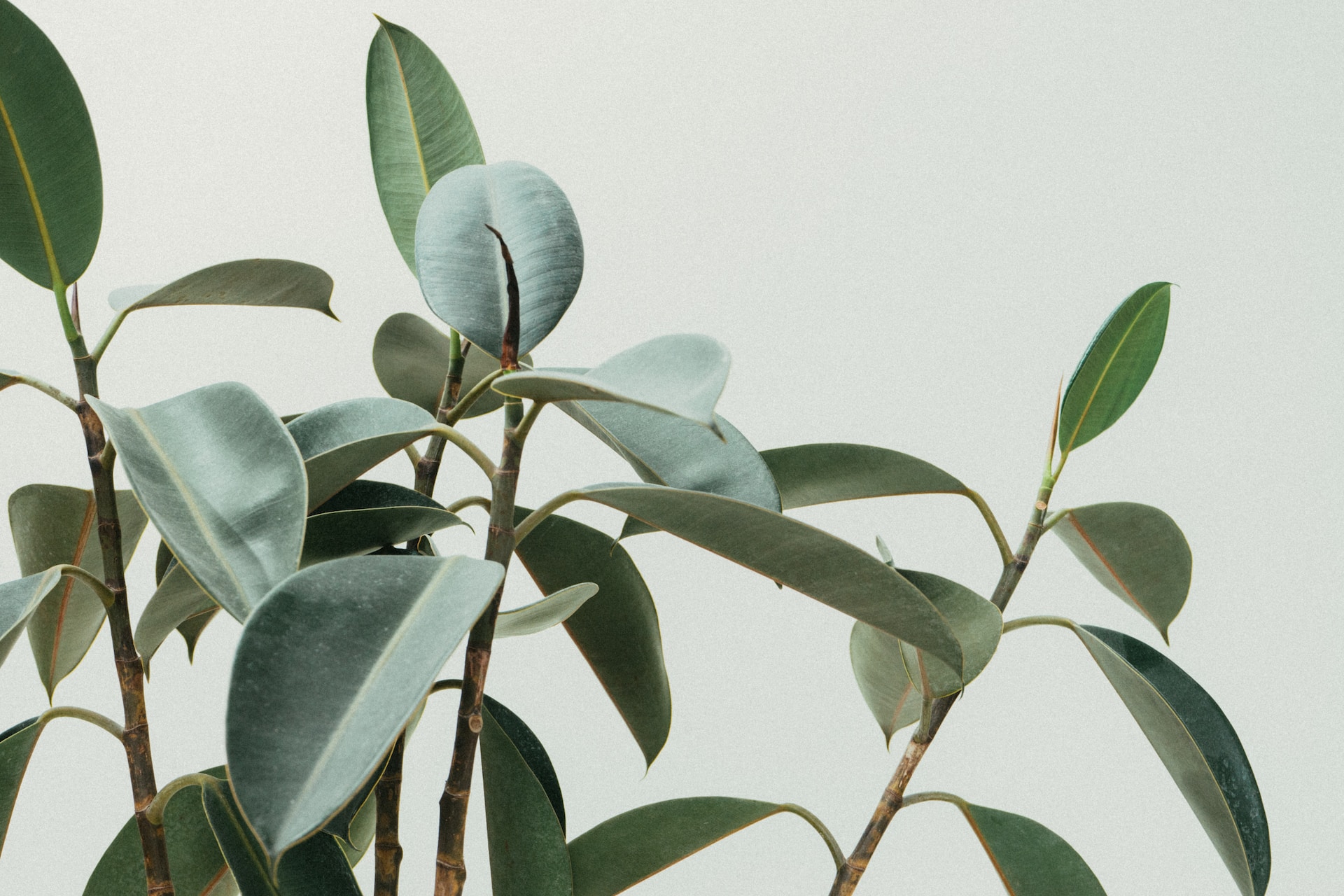
How do you take care of a rubber plant indoors?
Taking care of a rubber plant indoors involves providing it with bright, indirect sunlight, as direct sunlight can scorch its leaves. Keep the soil consistently moist but not soggy during the growing season (spring and summer), and reduce watering in the dormant season (fall and winter). Regularly dust and wipe the leaves to keep them clean and allow for better photosynthesis. Prune any yellowing or damaged leaves, and consider repotting when the plant becomes root-bound.
- Light: Ficus Robusta thrives in bright, indirect light. While it can tolerate lower light levels, growth may be slower with fewer leaves. Avoid exposing it to direct sunlight, which can scorch the leaves.
- Watering: Maintain even soil moisture without waterlogging. Water thoroughly when the top inch of soil feels dry. Don’t let the soil completely dry out between waterings, but be cautious of overwatering to prevent root rot.
- Humidity: Ficus Robusta delights in high humidity. Elevate humidity levels by positioning a humidifier nearby or placing a water-filled tray nearby. Regularly misting the leaves also aids in boosting humidity.
- Temperature: Keep Ficus Robusta in a warm environment between 65-85°F (18-29°C). Shield it from drafts and cold windows.
- Fertilization: Apply balanced liquid fertilizer once a month during the growing season (spring and summer). Avoid fertilizing during the dormant season (fall and winter).
- Pruning: To manage size and shape or remove damaged or yellowing leaves, consider pruning. This practice encourages new growth.
- Repotting: Ficus Robusta grows slowly and seldom requires repotting. Only repot when it has outgrown its current container. Opt for a well-draining soil mix and a pot one size larger than its current one.
- Pest Control: Keep an eye out for spider mites, mealybugs, and scale insects, which can affect Ficus Robusta. Regularly inspect the plant and promptly treat any pest issues with suitable insecticides.
- Soil: Ficus Robusta prefers a well-draining soil blend rich in organic matter. Create a suitable mix by combining peat moss, perlite, and potting soil for optimal drainage and nutrient content.
What are the disadvantages of rubber plants?
Disadvantages of rubber plants include their potential for attracting pests like mealybugs and spider mites, especially in dry indoor environments. Their sap can be mildly toxic, so it’s essential to keep them away from curious pets or children. Rubber plants are also sensitive to overwatering, which can lead to root rot, and they may drop leaves if conditions are not ideal.
Is rubber plant a good indoor plant?
Rubber plants are generally considered good indoor plants because they are easy to care for and can thrive in various indoor conditions. They not only add a touch of lush greenery to your space but also help improve indoor air quality by removing pollutants.
Do rubber plants like a lot of sun?
Rubber plants prefer bright, indirect sunlight, although they can tolerate some low-light conditions. Avoid placing them in direct sunlight as it can lead to leaf burn and scorching.
Do rubber plants have a lifespan?
Rubber plants have a lifespan of several decades if properly cared for. With the right conditions and care, they can grow to be quite large and robust over the years.
Why are the leaves on my rubber plant turning brown and falling off?
Brown, falling leaves on a rubber plant can be due to various factors, including overwatering, underwatering, low humidity, or exposure to drafts. To address this issue, evaluate your care routine and make adjustments accordingly.
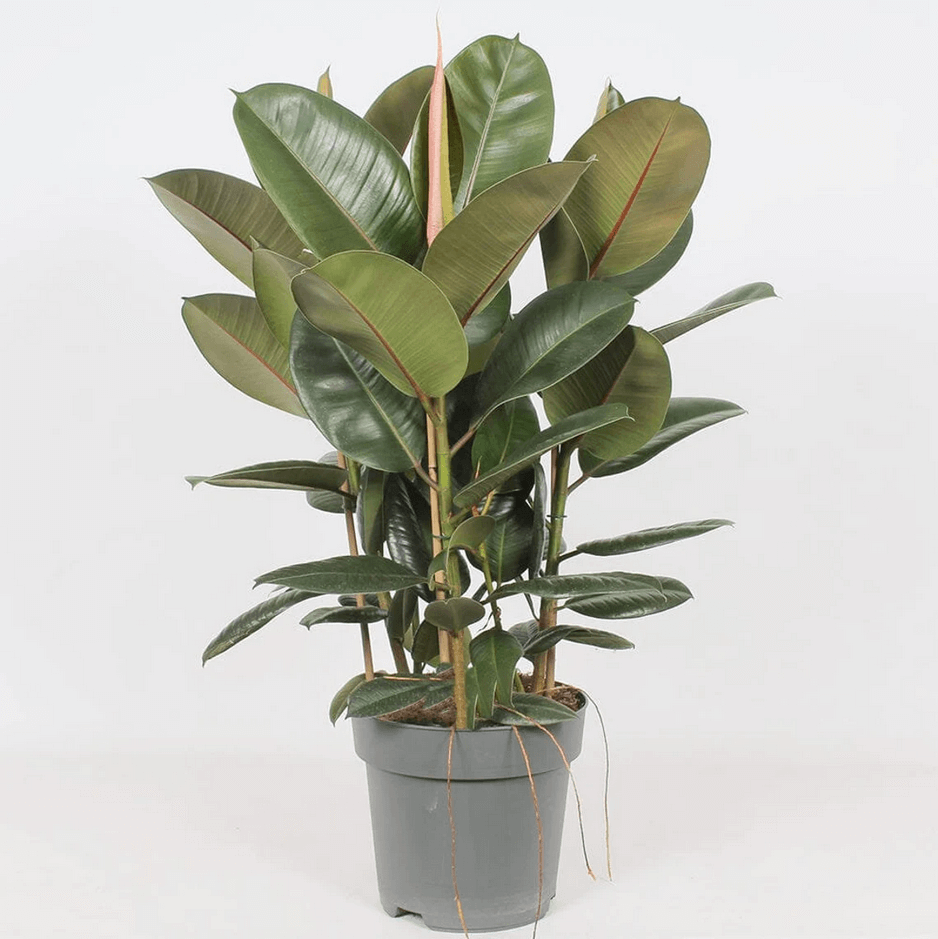
90 – 110cm Ficus Robusta 3 Stem Rubber Plant 27cm Pot House Plant
by PlantsforallSeasons
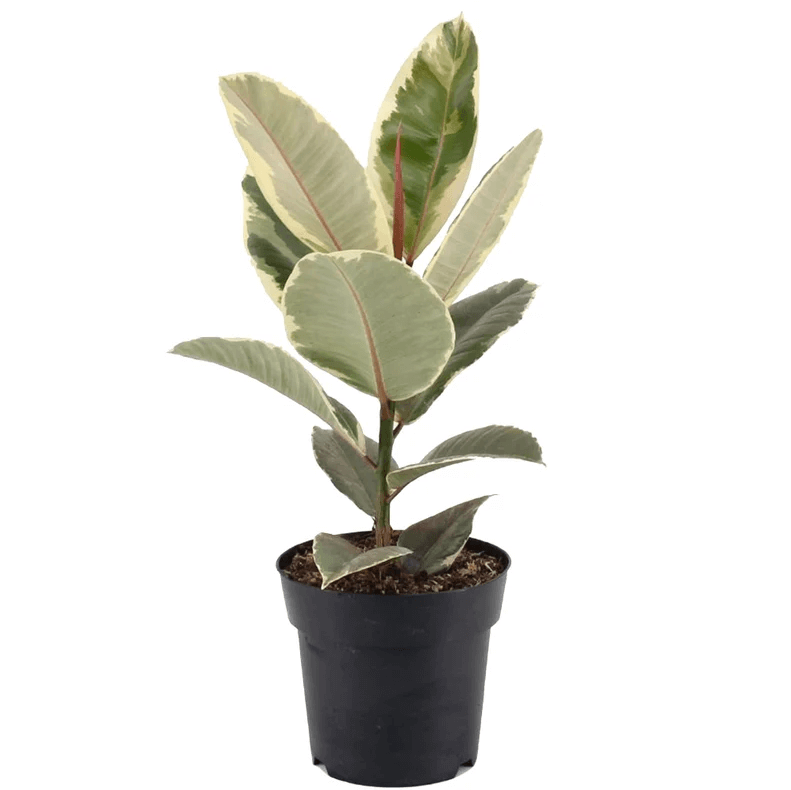
Ficus Tineke Indoor Rubber Plant for Home or Office (30-40cm with Pot)
by GardenersDreamStore
Where should I place a rubber plant in my house?
Place your rubber plant near a window with filtered sunlight or in a well-lit room, but avoid exposing it to direct sun. They do well in living rooms, offices, or any room with good natural light.
Is it OK to keep a rubber plant in the bedroom?
Yes, it’s perfectly fine to keep a rubber plant in the bedroom, as long as it receives adequate indirect sunlight. It can add a calming, natural element to your sleeping space.
How often do you water rubber plants?
Water your rubber plant when the top inch or two of the soil feels dry to the touch. This usually translates to watering every 1-2 weeks, depending on your home’s conditions. Be sure not to let it sit in standing water.
How do I know if my rubber plant is happy?
A happy rubber plant exhibits vibrant, glossy leaves, and it continues to grow. It may also produce new leaves regularly. Signs of an unhappy plant include yellowing or dropping leaves, which may indicate issues with light, water, or humidity.

Rubber Plant Elastica Tineke
by TheFunkyCactusLtd

Ficus Elastica ‘Belize’
Red Variegated Rubber Plant
by StupidEggHouseplants
Do rubber plants need to be misted?
While rubber plants can tolerate lower humidity, they benefit from occasional misting to increase humidity levels, especially during dry winter months or in arid climates.
Do rubber trees like big pots?
Rubber trees prefer slightly larger pots, as they like to have some room for root growth. Repot them every 2-3 years or when you notice they’ve outgrown their current container.
What are the benefits of Rubber Plants?
Rubber plants have several benefits, including their ability to purify indoor air by removing toxins like formaldehyde and benzene. They also add aesthetic value to your space and can be therapeutic to care for.
How do you keep rubber plants healthy?
To keep rubber plants healthy, maintain a consistent watering schedule, ensure they receive adequate but indirect sunlight, periodically clean their leaves, and address any pest issues promptly.
Does Rubber Plant purify the air?
Yes, rubber plants are known for their air-purifying abilities, making them a valuable addition to your indoor environment by helping to improve air quality.
** This post may contain affiliate links. This means that if you make a purchase through these links, I may earn a commission at no additional cost to you. I only recommend products or services that I would personally use and believe will add value to my readers. Thank you for your support!
-
Close Geometric Glass Terrarium
£37.24 -
Venus Fly Trap (Carnivorous Dionea)
£13.99 -
Calathea Lancifolia Insignis Rattlesnake Houseplant
£5.50 -
Calathea Makoyana Houseplant
£5.50 -
Calathea Sanderiana Ornata
£7.95 -
Money Tree Pachira Aquatica Plant Braided Stem
£16.99 -
Ficus Elastica ‘Belize’ – Red Variegated Rubber Plant
£10.00 -
Elastica Tineke Rubber Plant
£12.50 -
Ficus Tineke Rubber Plant 30-40cm
£12.99 -
Ficus Robusta 3 Stem Rubber Plant 90 – 110cm
£49.99 -
Ficus Robusta Rubber Plant 30 – 45cm
£12.99

